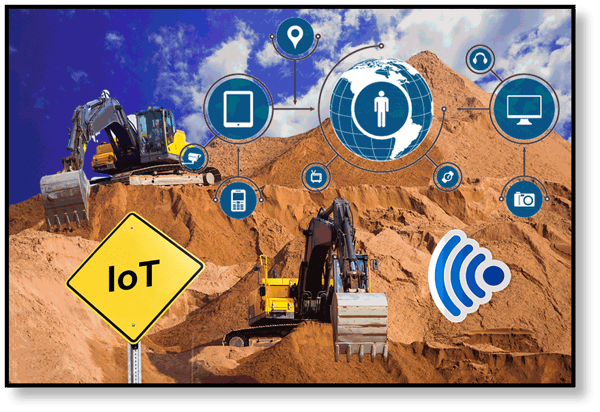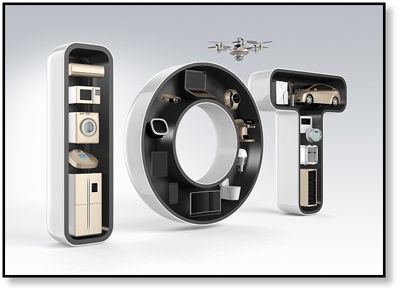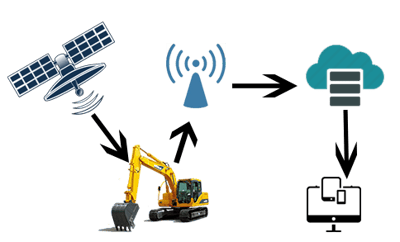You’ve probably heard of the Internet of Things (also known as "IoT" for short), but did you know it is the concept behind telematics? The goal of this blog post is to give you some insight into concepts and technology behind telematics, starting with the Internet of Things.

What is the Internet of Things?
One of the simplest definitions of the Internet of Things come from IEEE: “a network of items—each embedded with sensors—which are connected to the Internet.”
It’s easy to think about the internet connecting computers and servers together so they can communicate with each other. Then technology went a step further with laptops, smart phones, and tablets that can connect to the internet wirelessly. Now it’s not just devices (like smart phones and computers) that can connect and communicate over the internet, but “things" -- making up the Internet of Things.
More interesting articles to read from Texas Final Drive on final drive motors:- 5 Reasons a Final Drive Can Lack Power (And How to Find Them)
- Most Common Failure Items on a Final Drive (Case Drain Disaster eBook)
- 2-Phase Testing and Quality Assurance for Hydraulic Motors
Things in IoT
Things can be your family car, the thermostat in your home, the lock on the warehouse door, the coffee maker in your kitchen, the lights in your living room, a remote camera at the work site, and much, much more.
To better understand the concept of “things,” consider a modern smart home. With the proper equipment, a home network, and an internet
connection, you can do things like adjust your thermostat when you aren’t even at home, or maybe unlock the front door from work for your spouse who forgot their keys. These are examples of the Internet of Things, or IoT.
The “things” involved would be your home thermostat and front door lock. You wouldn’t think of these things being able to connect to the internet, but new technology, including sensors and software, have made it possible.
IoT, in turn, is what made the field of telematics possible.
What is Telematics?
Telematics is a subset of IoT that transmits data back to a company or organization for further analysis. The term “telematics” is typically applied to data about vehicles, and is commonly used with fleets of vehicles, whether that fleet consists of automobiles, trucks, buses, or heavy equipment. These vehicles or machines are “things” in IoT that provide data to be transmitted over the Internet.
Telematics is being used by more and more companies that operate fleets of heavy equipment because, when used correctly, it provides a great deal of useful data. That data, in turn, can be used to inform key decisions regarding contracts, maintenance, and policies.
Telematics Data
The data that telematics transmits can be quite extensive, but there are three items of data that just about every telematics package is going to provide: location, run time, and fuel consumption.
Like most raw data, this doesn’t sound like much. It’s what you do with this data that makes it powerful and valuable. From location data you can detect equipment theft or misuse, figure out how many cycles it takes to complete a certain job, or tell a technician where to find a certain piece of equipment that is located in the maze of a massive construction site.
Heavy Equipment Moving Forward with Telematics
The IoT is expanding every day, with more and more items being added, better sensors being developed, and more effective means of transmitting data evolving. That means that telematics is constantly expanding, and if you aren’t informed on the subject it’s time to start learning.
Want to know more about keep heavy equipment in top working condition? Get the free infographic from Texas Final Drive on Final Drive Overheating Gearbox Troubleshooter.

